

Finding the right lag bolts for wood factory applications is crucial for efficient and reliable woodworking. This comprehensive guide walks you through the key aspects of selecting, using, and sourcing lag bolts to ensure optimal performance and longevity in your wood factory. From understanding different types and sizes to considering material strength and choosing a reputable supplier, we’ve got you covered. Hebei Muyi Import&Export Trading Co.,Ltd (https://www.muyi-trading.com/) offers a wide selection of high-quality fasteners, and understanding the nuances of lag bolts is a great first step in finding the ideal product for your needs.
Lag bolts, also known as lag screws, are heavy-duty fasteners used to join thicker pieces of wood or wood to metal. Unlike other screws, they feature a larger diameter shaft and a coarse thread for superior holding power. Their design allows them to create a strong, secure connection, even under significant stress. The larger diameter and coarse threads prevent the wood from splitting, making them ideal for applications where strength and stability are paramount. Choosing the correct lag bolt size depends entirely on the specific application, wood type, and desired load-bearing capacity.
Lag bolts are available in various materials, sizes, and finishes to suit diverse needs within a wood factory.
Common materials include:
Lag bolt sizes are usually expressed in diameter and length. For example, a ? x 4 lag bolt has a ?-inch diameter and a 4-inch length. Finishes include zinc plating, hot-dip galvanizing, or powder coating, each offering various levels of corrosion resistance. You'll want to choose a finish that best suits your specific application and environmental conditions.
Several factors should be considered when selecting lag bolts for your wood factory:
Hardwoods generally require longer lag bolts than softwoods due to their density and greater resistance to splitting. Consider the specific wood species you are working with when determining appropriate sizes.
The intended load-bearing capacity of the joint directly impacts the size and type of lag bolt needed. Always refer to manufacturer specifications to ensure the chosen lag bolt meets or exceeds the required strength.
If the assembled product will be exposed to the elements, opting for stainless steel or zinc-plated lag bolts is essential to prevent corrosion and maintain the joint's integrity. The choice between zinc plating and hot-dip galvanizing should be based on the expected severity of the environmental conditions.
Proper installation is key to achieving maximum strength and preventing damage. Pre-drilling pilot holes is crucial, especially for hardwoods, to prevent wood splitting. Using a countersinking tool can create a flush surface, improving the overall aesthetic appeal and reducing the risk of snags.
Sourcing high-quality lag bolts from a reliable supplier is crucial for maintaining consistent quality in your production. Consider factors such as pricing, delivery times, and customer support when evaluating potential suppliers. A trustworthy supplier will also be able to provide technical support and advise you on the most appropriate lag bolts for your projects.
Selecting the right lag bolts for wood factory use requires careful consideration of various factors. By understanding the different types, materials, and installation techniques, you can ensure the strength, durability, and longevity of your woodworking projects. Remember to always consult manufacturer specifications and consider sourcing your fasteners from a reputable supplier like Hebei Muyi Import&Export Trading Co.,Ltd (https://www.muyi-trading.com/).

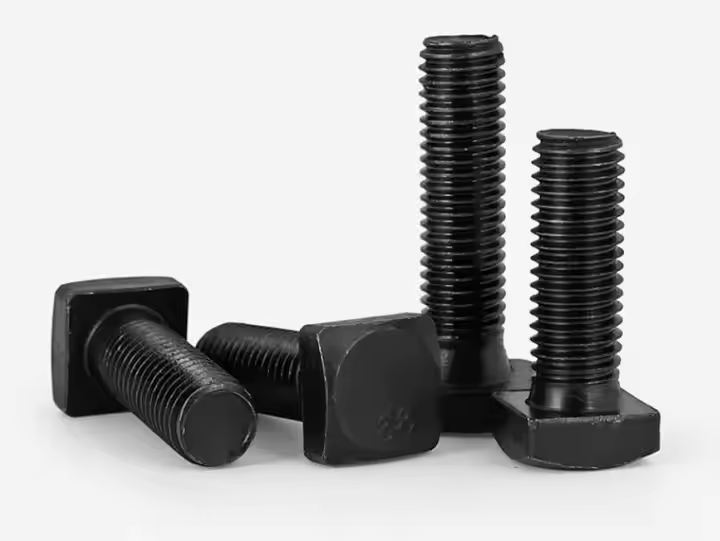
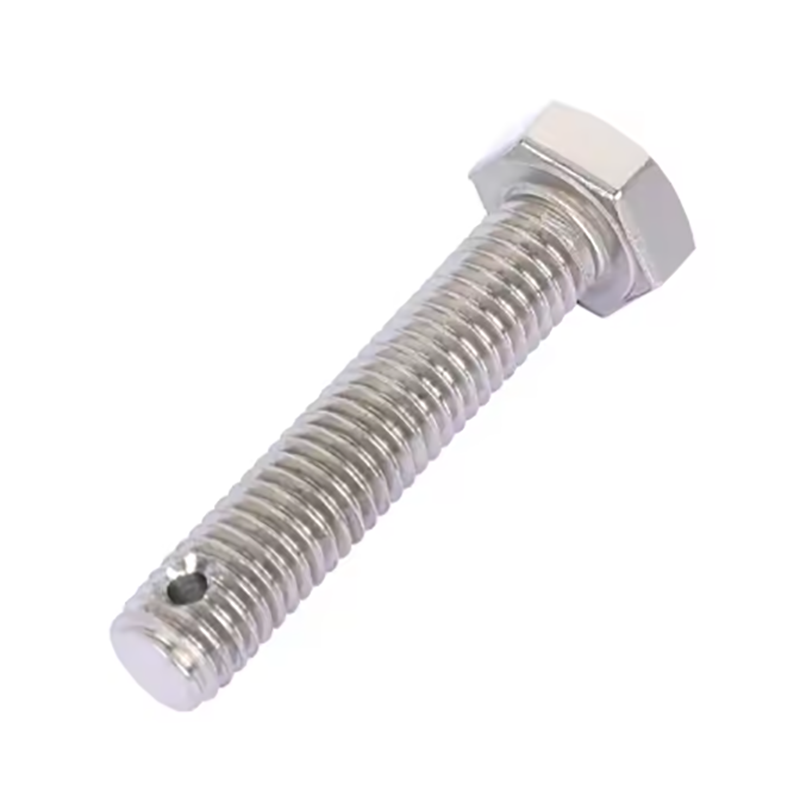




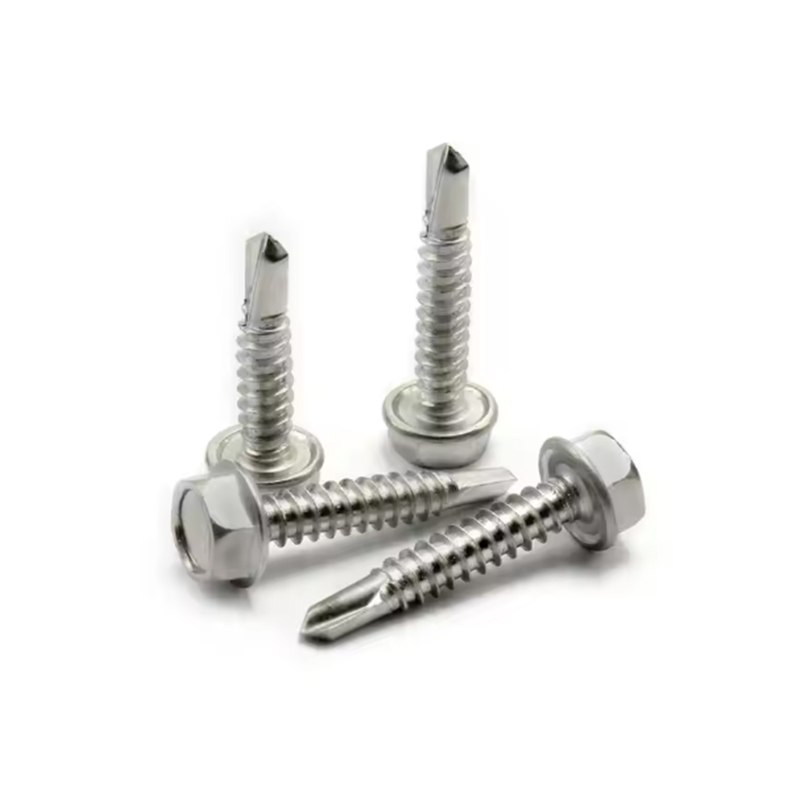
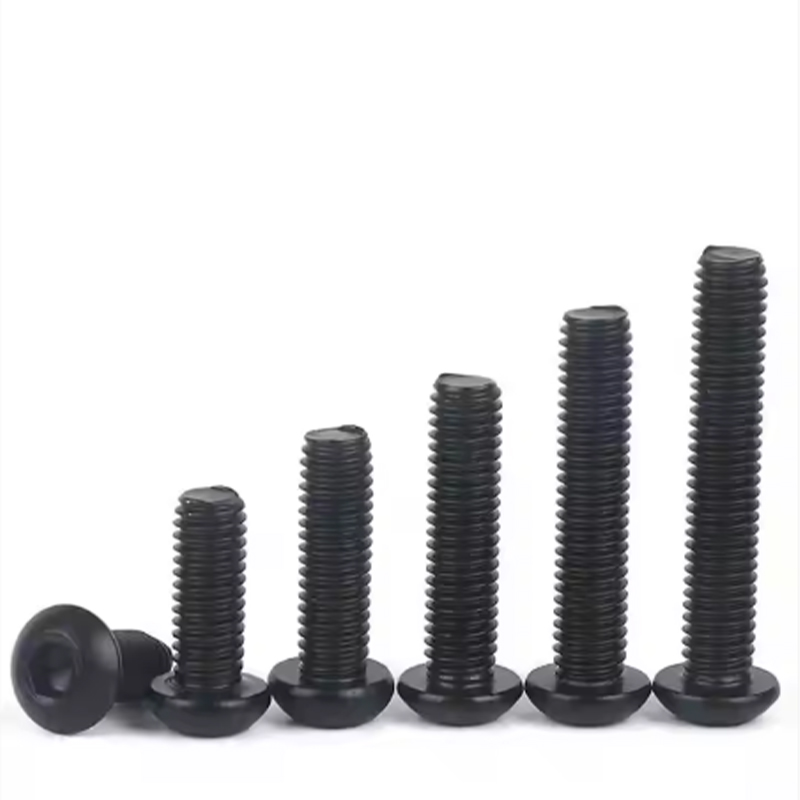
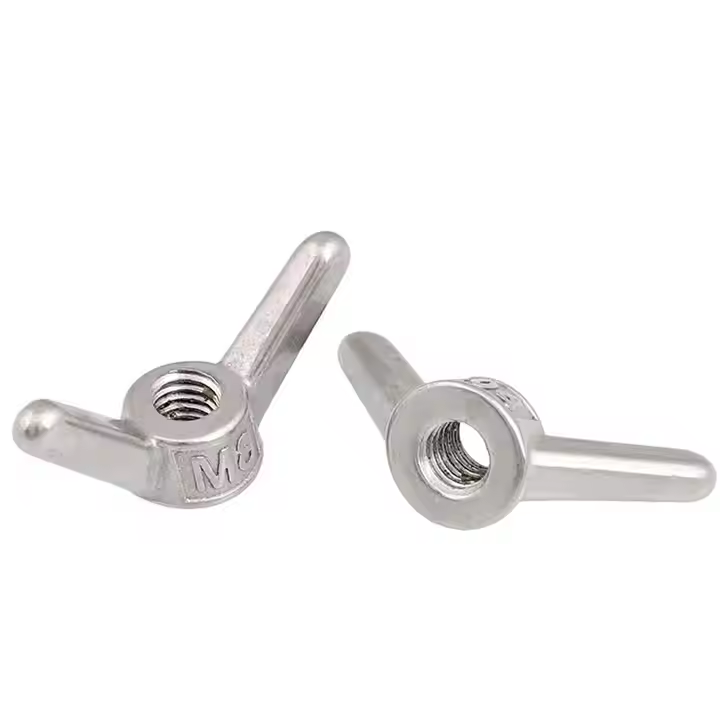


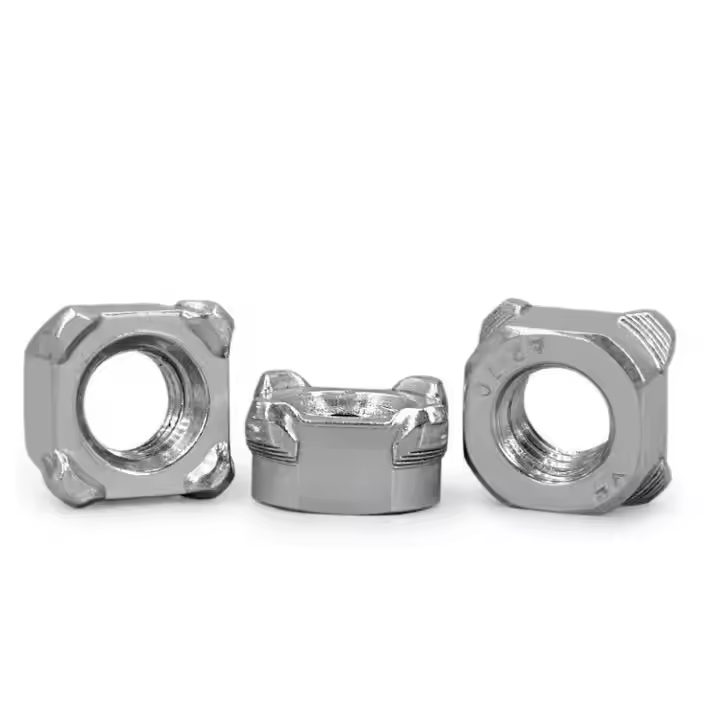
Please enter your email address and we will reply to your email.